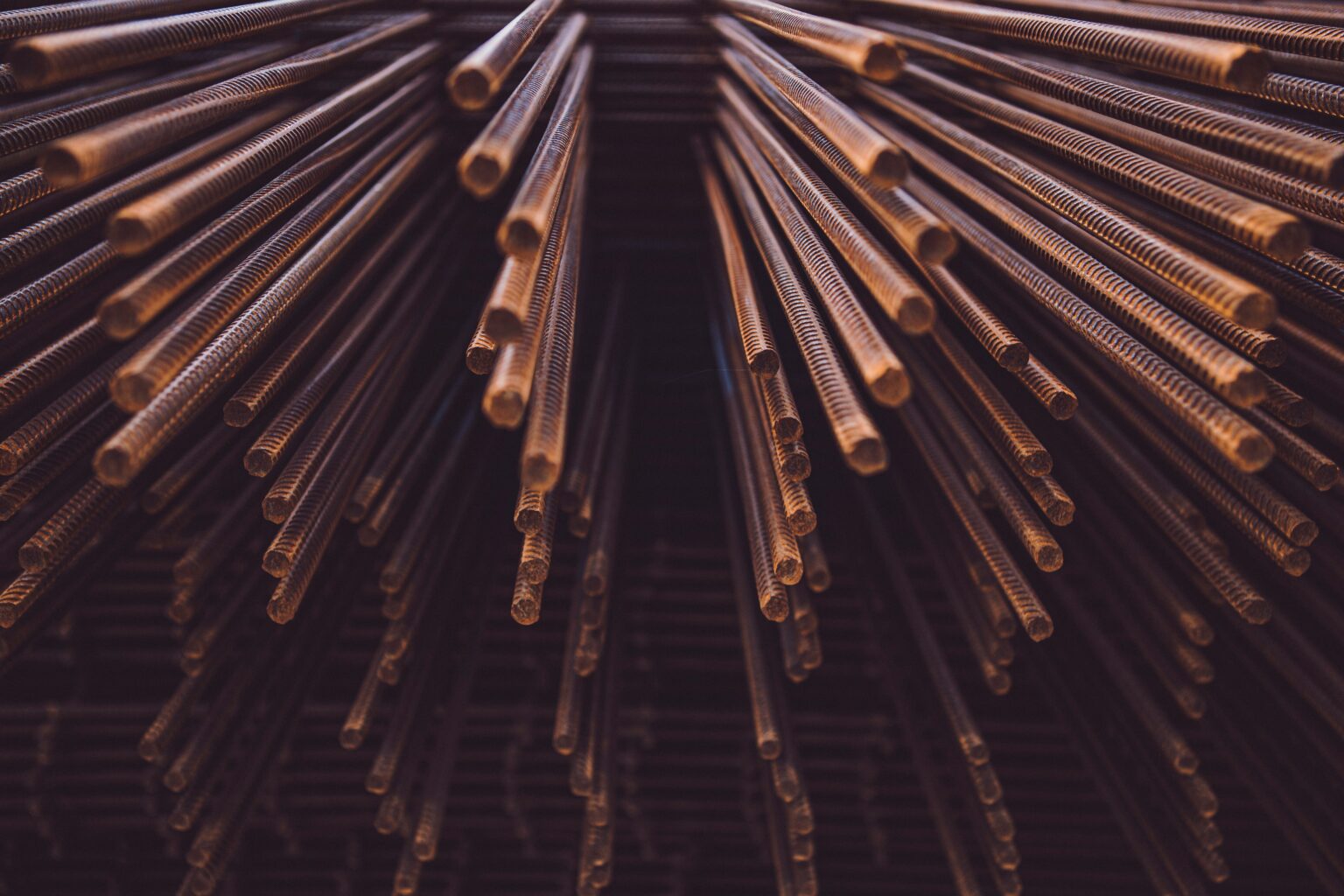Singapore-based Meranti Green Steel (MGS) is targeting a mid-2026 Final Investment Decision (FID) on a 2.5 million tones per annum (mtpa) green Hot Briquetted Iron (HBI) plant in Oman’s Duqm Special Economic Zone.
Commissioning is scheduled for mid-2029, positioning the project within the timeframe of Europe’s tightening carbon regulations.
The planned facility will initially operate on a hybrid fuel mix of natural gas and green hydrogen, gradually transitioning toward 85% hydrogen use. Meranti projects this shift would reduce carbon intensity to below 200 kilograms of CO₂ per tone of steel equivalent—significantly lower than the current global average of 1.85 tones of CO₂ per tone of crude steel, according to the World Steel Association. Early-stage discussions with prospective hydrogen suppliers in Oman are already underway, reflecting the project’s dependency on the country’s emerging green hydrogen economy.
From a strategic perspective, the Duqm HBI plant is designed as a cornerstone of Meranti’s regional supply chain. A portion of output will supply the company’s planned 2.5 mtpa green flat steel mill in Rayong, Thailand, while the remainder is intended for European electric arc furnace (EAF) operators seeking certified low-emission feedstock. CEO Sebastian Langendorf has emphasized that decoupling iron production from steelmaking offers flexibility: cost-competitive HBI can be produced in energy-rich geographies like Oman, while downstream steel operations can be located closer to demand hubs in Europe and Southeast Asia.
Oman’s policy environment is central to the project’s economics. The Duqm SEZ offers access to low-cost natural gas, a rapidly expanding green hydrogen sector, and strategic shipping routes linking Asia and Europe. Its deep-water port and industrial infrastructure are designed to streamline export logistics. Moreover, Oman’s Energy Transition Plan, which includes large-scale electrolyser and ammonia export projects, is intended to make the sultanate a regional hydrogen hub. Meranti argues this alignment of low-cost energy, industrial policy, and geography reduces both production and logistics costs compared to traditional steelmaking routes.
While the Oman project is positioned as a step toward decarbonized steelmaking, its reliance on a phased shift from natural gas to hydrogen mirrors broader industry challenges. The economics of green hydrogen remain uncertain, with production costs in 2024 still ranging between $3 and $6 per kilogram in the Middle East, though falling electrolyser prices and scale-up could narrow this gap before 2030. Meranti’s target of reaching 85% hydrogen use will therefore depend on both the pace of Omani hydrogen capacity deployment and the competitiveness of supply contracts.
Stay updated on the latest in energy! Follow us on LinkedIn, Facebook, and X for real-time news and insights. Don’t miss out on exclusive interviews and webinars—subscribe to our YouTube channel today! Join our community and be part of the conversation shaping the future of energy.
